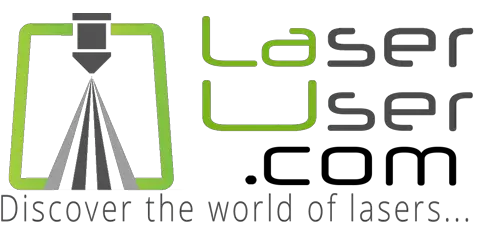Yes I am aware of this. However, aren't some things "constant" among different controllers, things like engraving acceleration on the X axis which does the engraving?Gene Uselman wrote: Tue Apr 06, 2021 All controllers do the same thing and mostly have the same functions in them but they are called by different names and even if they are the same name, may do different things... so be aware.
Even so, wouldn't that only show up on the edges of the, say letters that are being engraved? I am also running it at a pretty slow speed (100-150 mm/s). Trotec also sells glass tube equipped machines perfectly suitable for use in rubber engraving. I have not watched Russ' videos on his RF modified china laser, however, so I don't know much about them. So I could be mistaken.Gene Uselman wrote: Tue Apr 06, 2021 RF lasers are quite different from CO2 lasers- again they do the same thing but differently. They can fire much faster-
Russ has explored some of the differences on his video channel.
By de-focusing the beam it will lose definition- a larger spot engraved. First you engrave in focus to get nice sharp edges and then de-focus and run the same file over it again to level the background field.
Finally, for a second pass, apart from needing to adjust my settings accordingly so I don't over engrave and remove too much material, I would have to find a way to secure the rubber on the bed, since I am guessing I would have to remove the residual dust that is produced so it won't fuse on the surface. I do not think that this is a feasible solution - somehow it is possible to get the engraved surface to look good, like I said, it even happened to me as well! I just don't get why the engraved surface to the left and right of a line of text would sit slightly higher than the surface that has been fully engraved, just like in one of the first photos I posted with the grey rubber. This can't be my DPI setting, as it happens ONLY where there is a spot in a scan line that material isn't being removed. This could be due to the ramp effect? I am not sure.
Did you calculate the kerf based on my assumption of the x magnification level of the loupe? If that was the case, it's honestly just a guestimtion at best. Like I said, this loupe came with an offset printing press, needless to say the packaging or whatever might indicate how much it magnifies is long gone. Yes my loupe is almost certainly metric.Gene Uselman wrote: Tue Apr 06, 2021 The eye-loupe must be quite powerful [over here our loupes are usually 1 inch square- I assume your is metric?] and the lines are quite far apart compared to the kerf or burnt lines. The kerf on my machine is about .5mm and your spacing appears to be 1.5 times the kerf- what is your scan interval?
This is my test pattern for the reverse scan interval. It is set at 0.5mm scan gap, so I can distinguish the individual scan lines. I honestly don't know how large my kerf is - I am using a 1.5" lens focused on the surface of the material (Rowmark laminated plastic).
Sorry if my post is not very coherent - I had lots of troubles with some other machines today and I hope I am not spewing nonsense right now.
